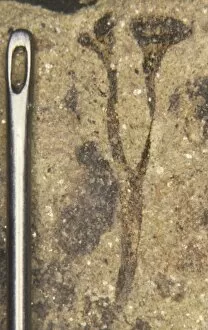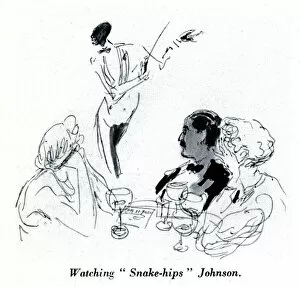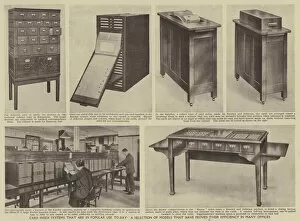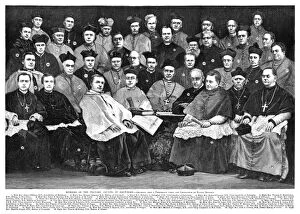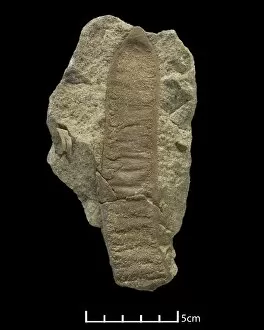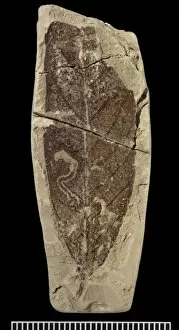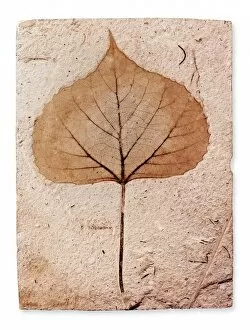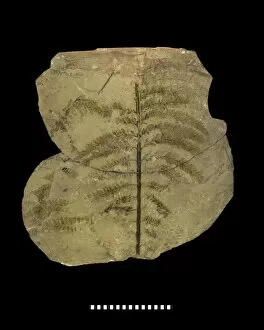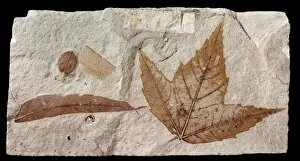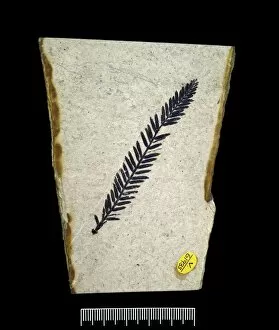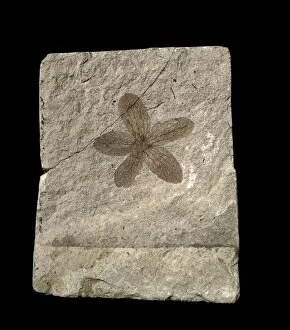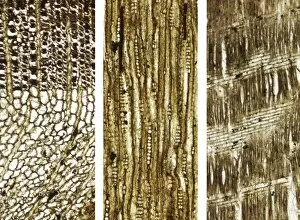Kenrick Collection
"Kenrick: A Journey Through Time and Art" Step into the world of Kenrick, where ancient fossils and captivating performances intertwine
All Professionally Made to Order for Quick Shipping
"Kenrick: A Journey Through Time and Art" Step into the world of Kenrick, where ancient fossils and captivating performances intertwine. Cooksonia pertoni, a fossilized plant from prehistoric times, reminds us of the Earth's rich history. Coelosphaeridium, a calcareous alga, adds to the intrigue with its intricate structure. In one corner of Kenrick's story lies an engraving capturing an artist's amateur performance of "The Heir-at-Law" at St James's Theatre. The epilogue leaves us wondering about the emotions that filled the air that night. Another scene unfolds as we witness Snake-hips Johnson mesmerizing audiences at Cafe de Paris. His rhythmic moves transcend time and transport us to a bygone era. Amidst all this artistic beauty, card index systems take center stage in offices across the globe. These efficient models are showcased in a black-and-white photograph, reminding us of their importance even today. Ken Snakehips Johnson emerges as another key figure in this narrative—a band leader who captivated listeners with his music and charisma. Traveling further back in time brings us to The Third Plenary Council of Baltimore in 1884—an important gathering presided over by Archbishop James Gibbons. This engraving serves as a testament to unity within Roman Catholic bishops during that era. Nature also plays its part in Kenrick's tale—Araucaria mirabilis pine cones stand tall alongside fossil ferns and Tubicaulis africanus tree ferns. These remnants remind us of life forms long gone but not forgotten. As we delve deeper into history, Proterozoic ocean floors come alive—the foundation upon which our planet evolved through millennia. Palaeosmunda williamsonii ferns add another layer to this ancient landscape—a glimpse into primordial flora thriving on these oceanic grounds.



